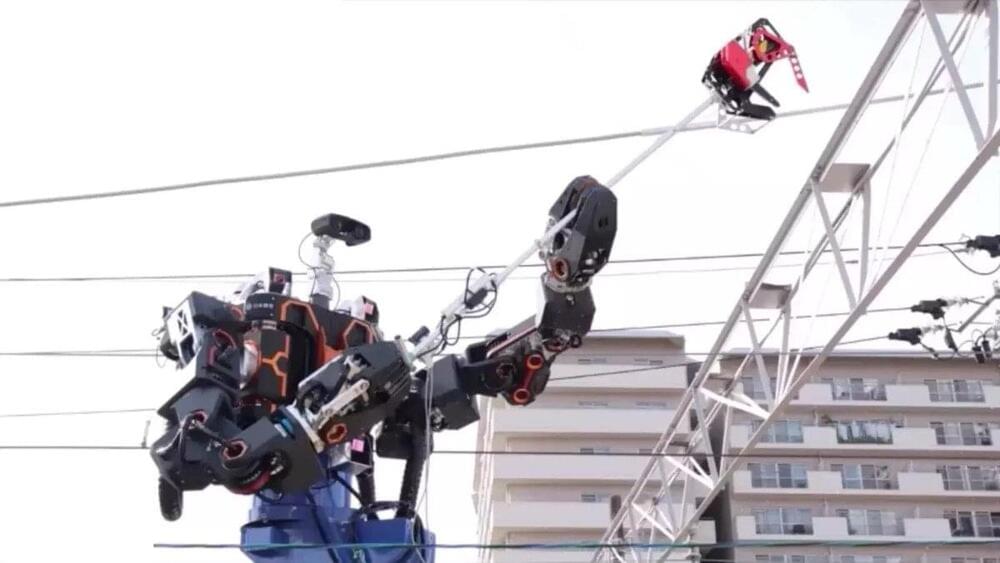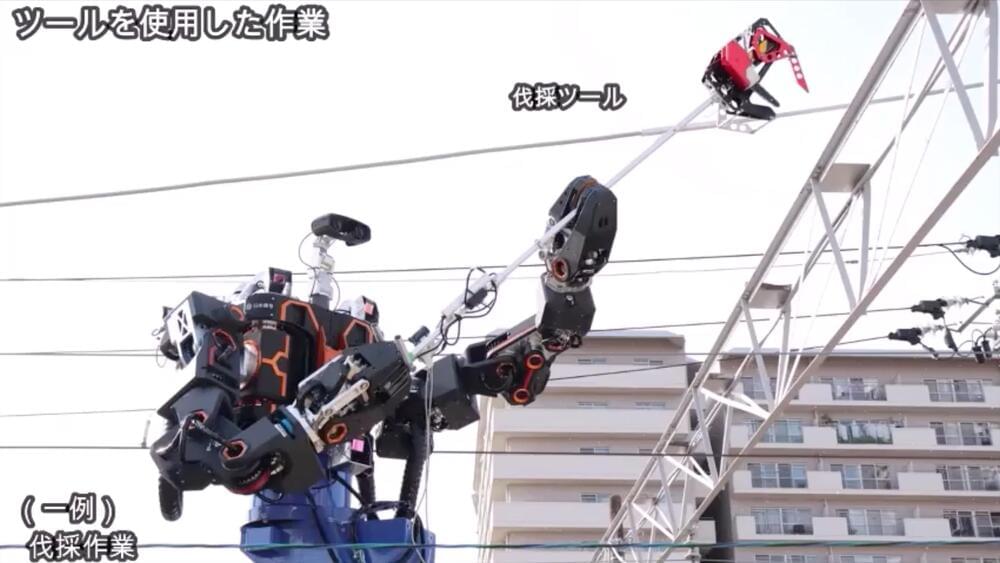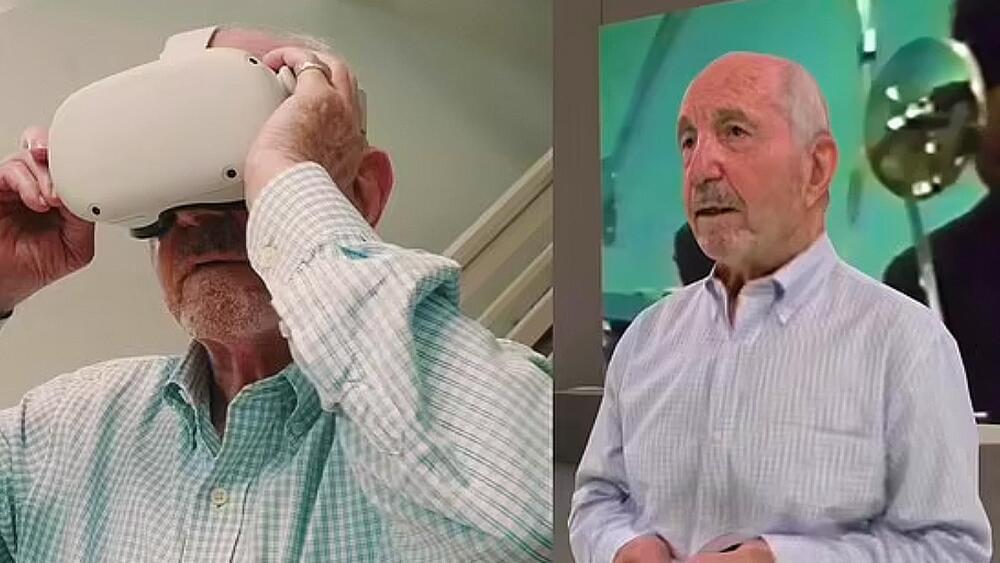Project Cambria is coming out Later This year, The Next generation Standalone Mixed Reality Headset.
“This demo was created using Presence Platform, which we built to help developers build mixed reality experiences that blend physical and virtual worlds. The demo, called “The World Beyond,” will be available on App Lab soon. It’s even better with full color passthrough and the other advanced technologies we’re adding to Project Cambria. More details soon.“
Let’s Get into it!
SUPPORT THE CHANNEL smile
► Become a VR Techy Patreon → https://www.patreon.com/TyrielWood.
► Become a Sponsor on YouTube → https://www.youtube.com/channel/UC5rM…
► Get some VR Tech Merch → tyriel-wood.creator-spring.com.
► VRCovers HERE: https://vrcover.com/?itm=274
► VR Rock Prescription lens: www.vr-rock.com (5% discount code: vrtech)
FOLLOW ME ON:
►Twitter → https://twitter.com/Tyrielwood.
►Facebook → https://www.facebook.com/TyrielWoodVR
► Instagram → https://www.instagram.com/tyrielwoodvr.
►Join our Discord → https://discord.gg/nsSjXx4kfj.
A BIG THANKS to my VR Techy Patreons for their support:
Trond Hjerde, Dinesh Punni, Randy Leestma, yu gao, Daniel Nehring II, Alexandre Soares da Silva, Kiyoshi Akita, Tolino Marco, Infligo, VeryEvilShadow.
MUSIC
► My Music from Epidemic Sounds → https://www.epidemicsound.com/referral/kf0ycv.
#Meta #VRHeadset #Cambria.




